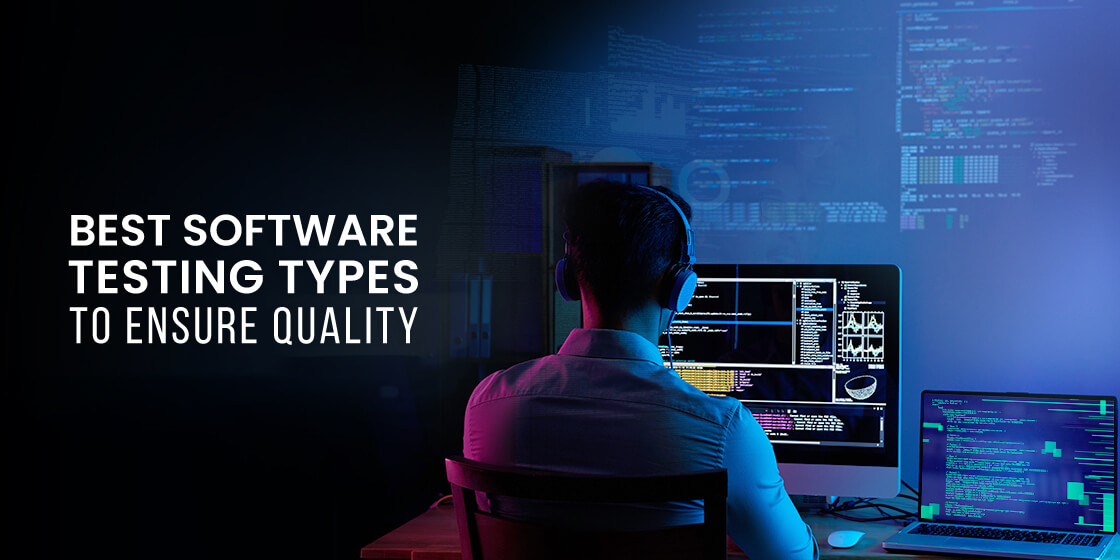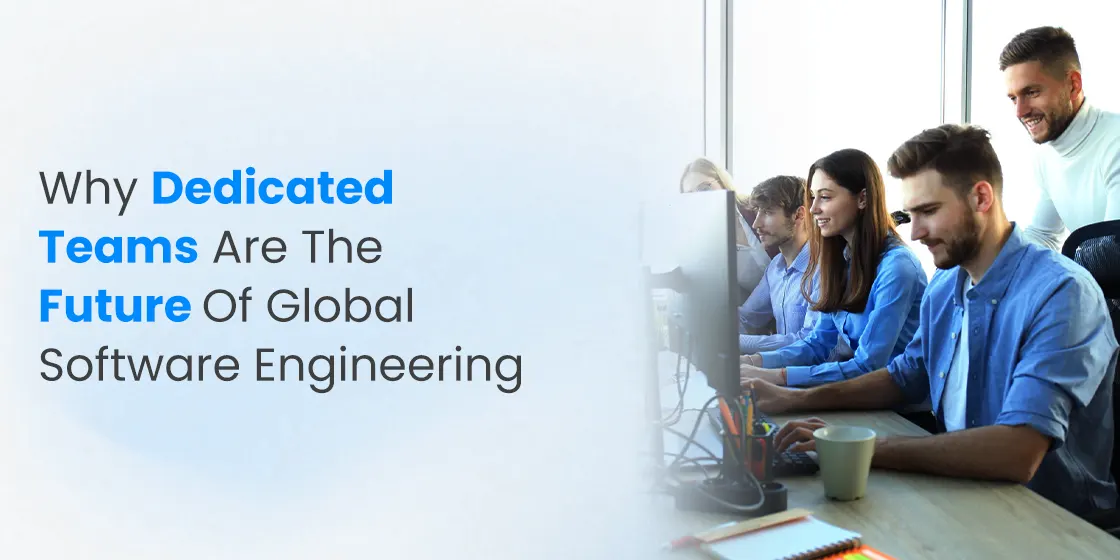Table of Content
Learn the Step-by-Step Process of Energy Audit Software Development
The emphasis on energy cost saving is the key focusing point of every company. To do that, they need to deploy a software system that can efficiently monitor the daily energy usage in the company. This is precisely called energy audit software development, and it should be always taken from a reputed software development company. There are various benefits of developing this software, such as timely evaluation, targeted improvement plans and more others.
The development of an energy audit software is no different from other high-value systems. However, some technical things vary in this software, which is why it is always recommended to proceed with a plan that can manage the technicalities of such software. A lot of times, beginners do not know about these things, as they are only equipped with the conventional knowledge of development. It is however important to steadily understand the development technicalities of these software, as they are demanded highly in the industry.
If you also want to know how to build an energy audit software, this blog will be a good source of information for you. Let’s start from the basics understanding what is an energy audit software and why it is needed in enterprise level organizations.
What is Energy Audit Software?

Energy audit software is a digital tool designed to assess, and report the energy usage of a building, facility, or industrial process. It automates data collection and evaluation to identify areas where energy is being wasted or used inefficiently. By inputting utility data, equipment details, and operational schedules, the software can generate detailed reports that highlight opportunities for energy conservation, cost savings, and improved efficiency.
This bespoke software development typically include features such as benchmarking against industry standards and recommendations for retrofitting or operational changes. Some advanced versions may integrate with building management systems (BMS), smart meters, or IoT sensors to provide real-time monitoring and more precise analysis. The software can also estimate the ROI of proposed energy-saving measures, helping stakeholders make informed decisions about upgrades and improvements.
Energy audit software is commonly used by energy auditors, engineers and sustainability consultants. It is applicable across various sectors including commercial buildings, healthcare, more others. By streamlining the audit process, the software plays a crucial role in supporting energy efficiency initiatives, regulatory compliance, and sustainability goals.
Energy Audit Software Development: Essentials to Follow

Just like other enterprise website development, you need to follow a plan that addresses all the technicalities and complexities involved in the audit software development. A lot of beginners do not know about this step-by-step process. If you are also one of them, take a look at the detailed plan given below.
Research Business Requirements
Before developing an energy audit software for a company, it is essential to begin with comprehensive market and industry research. Examining current energy auditing practices and regulations is critical to ensure compliance and relevance. Studying existing software solutions in the market can help uncover gaps, common features, and user expectations. Gathering insights through competitor analysis, industry reports, case studies, and interviews with potential users will provide a foundational understanding of what the software must achieve to be effective and competitive.
In addition to market research, conducting a technical feasibility study is crucial. This includes evaluating the types of data the software will process and determining the best methods for data collection. Engaging with IT professionals can help define functional requirements. It’s also important to consider interoperability with existing systems like IoT platforms. By thoroughly understanding user needs, the development process can be aligned with practical goals, ensuring the software delivers measurable value to end users.
Fuel innovation by leveraging bespoke software solutions. Get in touch with our team of experts to build cutting-edge software products.
Get a QuoteIdentify Project Goals
Identifying project goals before developing energy audit software begins with understanding the core purpose of the tool and aligning it with the broader objectives of the stakeholders involved. This typically involves consulting with key decision-makers to clarify what the software must achieve. It’s important to translate these strategic objectives into measurable outcomes, such as a targeted percentage reduction in energy usage or the ability to generate standardized audit reports.
Once the high-level objectives are clear, the next step is to break them down into specific, actionable features and performance benchmarks. This includes identifying what success looks like for various stakeholders. Prioritizing these goals based on impact, feasibility, and user demand will guide the development roadmap. It also helps establish criteria for evaluating the software’s effectiveness after deployment, such as audit accuracy, or user adoption rates.
Select Technology Stack
Choosing the appropriate development tools and frameworks is a critical step in the creation of energy audit software, as it directly influences the software’s functionality, performance, scalability, and ease of maintenance. This process begins by evaluating the specific requirements of the application, such as the need for real-time data processing, integration with third-party systems, or advanced data visualization. Based on these needs, development teams must assess which programming languages, libraries, and platforms best align with the desired features.
Beyond feature compatibility, it is also important to consider factors like developer expertise, community support, long-term sustainability, and the ability to scale as user demand grows. Tools and frameworks that offer can enhance flexibility and future-proof the application. By carefully selecting the right combination of tools and frameworks, development teams can lay a strong technical foundation that ensures the software is reliable, adaptable, and aligned with the goals of both the users and the organization.
Build UI/UX Design
Once a suitable technology stack has been selected, the next critical phase is to focus on designing the UI and UX of the energy audit software. This stage involves creating a system that is not only visually appealing but also intuitive, efficient, and tailored to the specific needs of its users. Energy auditors will rely on the software to access, interpret, and act upon complex energy data, so the interface must present information clearly and logically.
Equally important is crafting a seamless and productive user experience that reduces cognitive load and supports key tasks such as data entry, performance monitoring, and report generation. Elements like dashboard customization and guided forms for audit documentation can significantly enhance usability. Accessibility and responsiveness should also be prioritized, ensuring that the software functions smoothly across devices and for users with varying levels of technical expertise.
Develop the Software
With the foundational UI/UX design of the energy audit software in place, the next step is to begin backend development. This phase involves setting up the server-side architecture, databases and integration with external services or hardware. The backend must be designed to handle various types of energy data while ensuring accuracy, speed, and security. Choosing the right backend framework is essential for supporting efficient data storage and retrieval, especially in environments where large volumes of real-time or historical data are involved.
In addition to establishing data infrastructure, developers must implement the core business logic that transforms raw data into meaningful insights. The backend should also support scalability, allowing the application to accommodate more users, devices, or facilities over time. Robust API development is equally important, as these interfaces connect the backend with the frontend. By focusing on a well-structured and reliable backend, developers lay the groundwork for a powerful, responsive, and secure energy audit application.
Frequently Asked Questions
| What is energy audit software? Energy audit software is a digital tool designed to analyze, and report on a facility’s energy consumption trends. It helps organizations track energy usage, comply with regulations, and optimize operational performance. |
| Why companies need an energy audit software? Enterprise-level companies need energy audit software to manage large-scale energy consumption efficiently. It also ensures compliance with environmental regulations and supports data-driven decision-making. |
| What is the cost of energy audit software development? The cost of developing energy audit software is influenced by factors such as the complexity of features, and the level of data analytics required. Additional cost drivers include platform compatibility, security requirements, and customization needs. |
Final Words
That concludes our entire article in which we have discussed the essentials of energy audit software development. Knowing the basics of this software is important, because this system is demanded highly in the market, especially by high-level enterprises. By deploying the audit software, companies get a clear view about their energy consumption trends. This gives them a better opportunity to plan different types of energy management operations, so that consumption and storage can be managed proactively.
Empower your digital initiatives with BariTechSol, a premier custom software development company. Our skilled team tailors cutting-edge solutions to your unique needs. Elevate your tech experience and stay ahead in the digital realm. Partner with BaritechSol and code the success of your next big idea.


